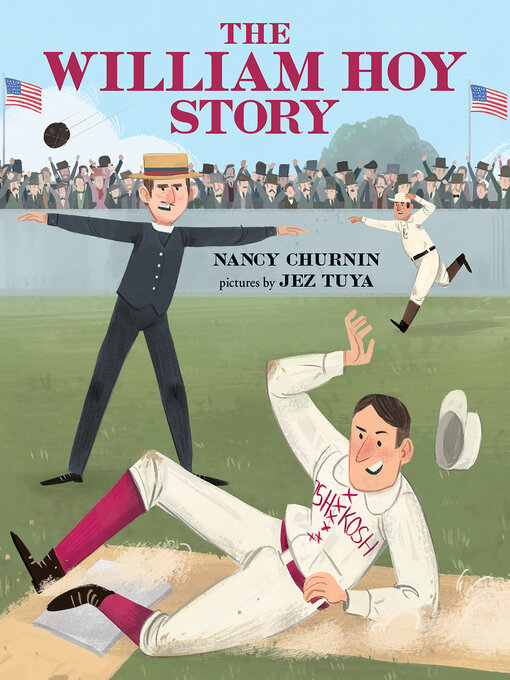New York Public Library Best Books for Kids 2016
2017 Storytelling World Resource Award Honor Book
2017 Best Children's Books of the Year, Bank Street College
"[Churnin] tells William's story patiently and clearly, with a wonderfully matter-of-fact tone about the ways a deaf person navigates life."—New York Times Book Review
"A rewarding read-aloud choice for baseball fans."—Booklist
"A moving tribute to a hero."—Kirkus Reviews
William Hoy's love for baseball changed the sport forever.
All William Ellsworth Hoy wanted to do was play baseball. After losing out on a spot on the local deaf team, William practiced even harder―eventually earning a position on a professional team. But his struggle was far from over. In addition to the prejudice Hoy faced, he could not hear the umpires' calls. One day he asked the umpire to use hand signals: strike, ball, out. That day he not only got on base but also changed the way the game was played forever. William "Dummy" Hoy became one of the greatest and most beloved players of his time.





